Kraton Ratu Boko - Palais du roi Boko
Posted in
Label:
Central Java,
Temple d'Indonésie
17 aprile 2008
Kraton Ratu Boko ou "palais du roi Boko" est le nom populaire d'un site archéologique situé sur un plateau à environ 3 kilomètres au sud du temple de Prambanan dans le centre de l'île de Java en Indonésie. La population locale lui a donné ce nom d'après Boko, un roi légendaire, père de la princesse Lara Jonggrang, dont les habitants de la région on donné le nom à la statue de Durga dans le principal sanctuaire de Prambanan.
Le site s'étend sur 16 hectares et deux hameaux, Dawung et Sambireja, dans le village de Bokoharjo dans le territoire spécial de Yogyakarta. Au point culminant du site, à une altitude de 196 m au dessus du niveau de la mer, se trouve un petit pavillon d'où on a une vue panoramique sur Prambanan et les temples alentours, avec le volcan Merapi en arrière-plan.
Contrairement à la plupart des sites archéologiques de la région, qui sont des vestiges d'édifices religieux, Ratu Boko semble avoir été un lieu de résidence, bien qu'on n'en connaisse toujours pas la fonction exacte.
Archaeological Remains
At Ratu Boko traces of probable secular structures were erected on a plateau divided into terraces separated from each other by stone walls and stone-faced ramparts (talud). The site was reached by a steep path up the northwest slope of the plateau, in the direction of Prambanan. The structural remains in the terrace at Ratu Boko site consist of places with folk names connected with palaces such as paseban (reception pavilion), pendopo (audience hall) and kaputren (women's quarter). A pool complex lies on a terrace adjoining the east side of the pendopo. A group of artificial caves, probably for meditation, lies to the north, isolated from the rest of the site. These archaeological sites are:
Main Gate
The first of three terraces is reached through a massive gateway built on two levels. On the western edge of this terrace is a high talud of soft white limestone. The second terrace, separated from the first by andesite wall, is reached through a gateway in paduraksa form consisting of three doors, a larger central one flanked by two of lesser dimensions. The third terrace, the largest, contains the richest concentrations of archaeological remains. Another talud and andesite wall separate the third terrace from the second terrace, with another connecting gateway of paduraksa form, this time consisting of five doors, again the central one having larger dimensions than the two which flank it.
It is read on the main gate Panabwara that was written by Rakai Panabwara, descendant of Rakai Panangkaran. He carved his name there in order to legitimate his authority of this palace.
Candi Batu Putih
Literally, Batu Putih means white stone. It is a structure made from white limestone on the north side of the first row of the gate on second terrace.
Candi Pembakaran
Beyond the second row of gates on third terrace, on the north side of the plateau there's a structure similar to the base part of the temple with two terraces about 26x26 m in size. On the center of upper terrace is just an empty descending square hole. The function of that building probably as the crematorium to burn the corpses.
Paseban
On the plateau on third terrace, beside the Candi Pembakaran, there's also several square stone structure. On the structure there's some umpak or stone serve as the base of wooden column with hole to erect the pillars. This structures is highly suggested as the base of building, since the pillars, wall, and roof is made from organic material, only the stone floor and base is still remains.
Pendopo
On the second terrace on the southeast side of the plateau, lies the pendopo (audience hall). The pendopo is a square stone enclosure surrounded with andesite stone wall with the small paduraksa entrance gates in north, west, and south side of the walled enclosure. In the center of this walled enclosure there's a stone base formed by two separated terraces, the terrace in the southern side is smaller than the north side one. This terrace served as the base and floor of the wooden structure since there's some umpak or stone serve as the base of wooden column with hole to erect the pillars. Of course only the stone base still remains while organic wooden material of the building is gone.
Miniature Temples
On the south side on the pendopo, there's three miniature temples with square stone basin in front of it. This small temple probably serve the religious purpose, as some kind of HIndu or Budhist shrine in the Ratu Boko complex.
Kaputren and Bathing Place
On eastern side of pendopo on lower terrace, there is several andesite stone walled enclosure with paduraksa gate and gallery lead to the several pool within the walled enclosure. This structure is associated by local folks as kaputren (women's quarter), since the pool believed to be the pleasure garden for king and his concubines. One particular pool (or well) within the bath place is considered sacred by Hindu people called 'Amerta Mantana'. It is believed that the water of Amerta brings luck for anyone who uses it. Hindu people use it in Tawur Agung ceremony, one day before the Nyepi day, to support the achievement of self purify and to return the earth into her initial harmony. To the east of the pool there's two stone base structure, yet again probably the remains of wooden structure which only the stone base still remains. This structure overlooking a valley on the east side of Ratu Boko compounds, visitor can see Candi Barong, a Hindu temple complex across the valley on the slope of the hill in the east.
Ascetic Cave
At the northern part from pendopo, isolated from the rest of the site, lies two caves that were formed of sediment stones. The upper cave is called Gua Lanang (Male Cave) and the lower cave is called Gua Wadon (Female Cave). In front of Gua Lanang, there is a pond and three effigies. Based on the research, the effigy is known as Aksobya, one of Buddha Pantheons. The cave probably functioned as a meditation place.
Buddhism and Hinduism
Ratu Boko site has yielded many smaller artefact including statues, both Hindu (Durga, Ganesha, Garuda, a Lingga and a Yoni) and Buddhist (three unfinished Dhyani Buddhas). Other finds include ceramics and inscriptions; a golden plate with the writing "Om Rudra ya namah swaha" on it as form of worship to Rudra as the other name of Shiva. This proved that the Hindus and Buddhist live together with tolerance.
Functions
Despite the large quantity and variety of remains found there, the exact functions of Ratu Boko site is still unknown. Some believe it was the former palace of ancient Mataram Kingdom; other scholars interpret this site as monastery. While third group holds that it was a place for rest and recreation. Inscriptions shows that the site was occupied at least during the 8th and 9th centuries. Five inscriptions in pre-Nagari script and Sanskirt describe the construction of a shrine for Avalokitesvara. One inscriptions refers to the constructions of a Buddhist monastery modelled after Abhayagiri Vihara (means a monastery on a peaceful hill) in Sri Lanka, where a group of ascetic forest dwelling monks resided. Three dated inscriptions in Old Javanese and poetic Sanskirt recount the erection of two lingga, and bear the date of 778 Saka or 856 AD. Another undated inscription mentions the erection of lingga named Hara at the order of King Kalasobhawa.
Legend of King Boko
King Boko is a legendary character known from popular folklore of Lara Jonggrang. This folklore connect the Ratu Boko Palace, the Durga statue in Prambanan temple that identified by local folklore as Lara Jonggrang, and the origin of Sewu temple complex nearby. Prince Bandung Bondowoso loved Princess Lara Jonggrang, the daughter of King Boko, but she rejected his proposal of marriage because Bandung Bondowoso has killed King Boko and ruled her kingdom. Bandung Bondowoso insist the union. Finally Lara Jonggrang forced to agree for a union in marriage, but she posed one condition: Bandung must build her a thousand temples in one night. He entered into meditation and conjure up a multitude of spirits (genies or demons) from the earth. They succeed in building 999 temples. Lara Jongrang then awake her palace maids and ordered them to begin pounding rice. This awoke the roosters, who began to crow. The genies, hearing the sound of morning, believed the sun was about to rise and so disappeared back into the ground. Thus the prince was fooled, in revenge he cursed the princess and turned her into a stone statue. According to the traditions, she is the image of Durga in the north cella of the Shiva temple at Prambanan, which is still known as Lara Jongrang or 'Slender Virgin'.
Récupérée de « Wikipedia »
Iscriviti a:
Commenti sul post (Atom)

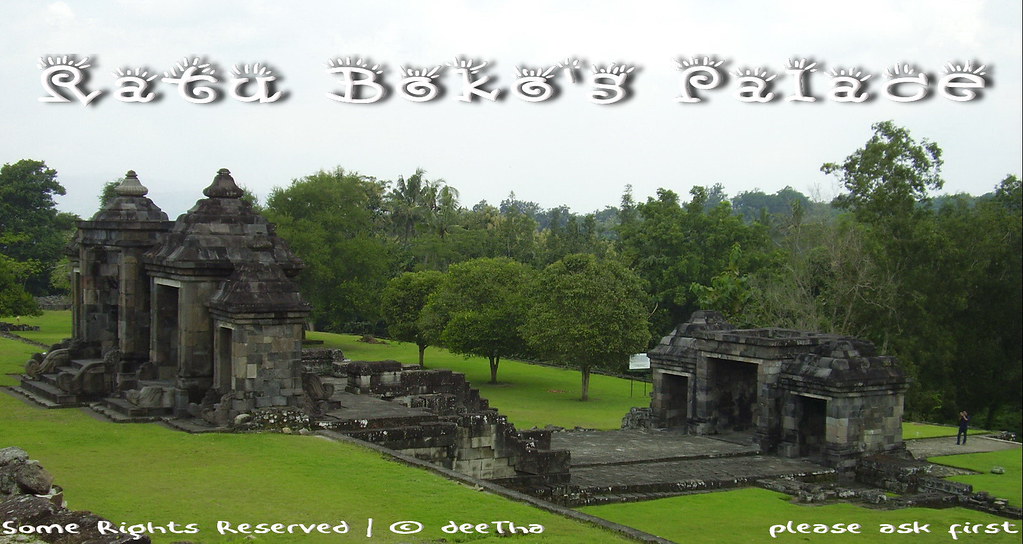

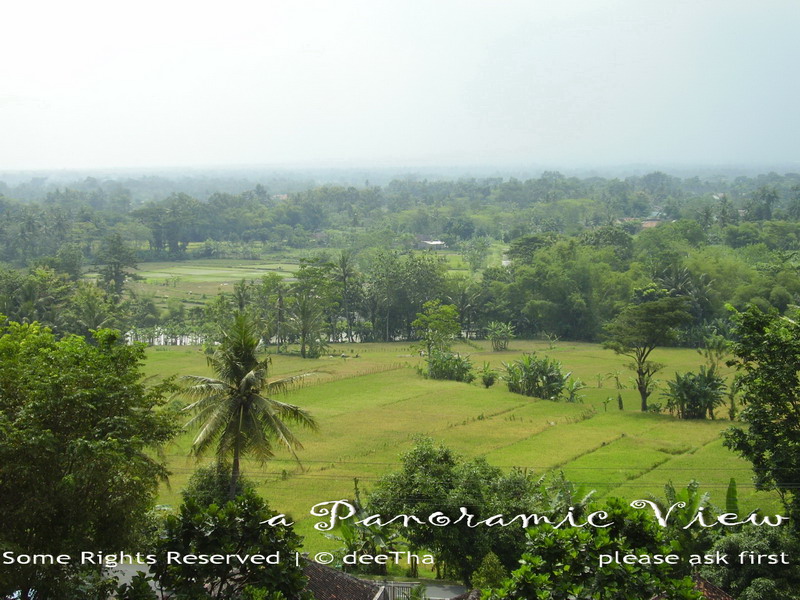
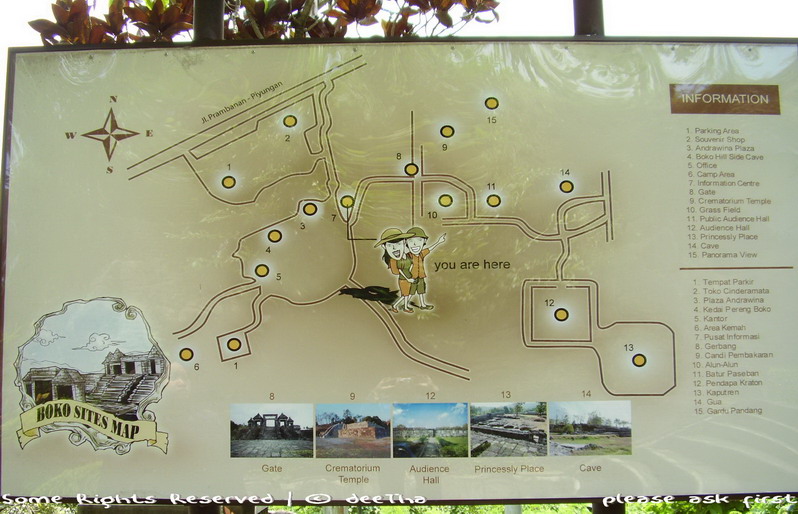
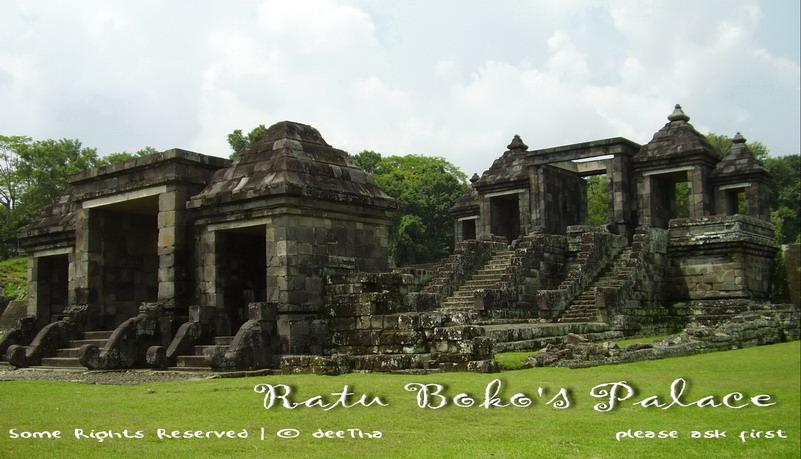
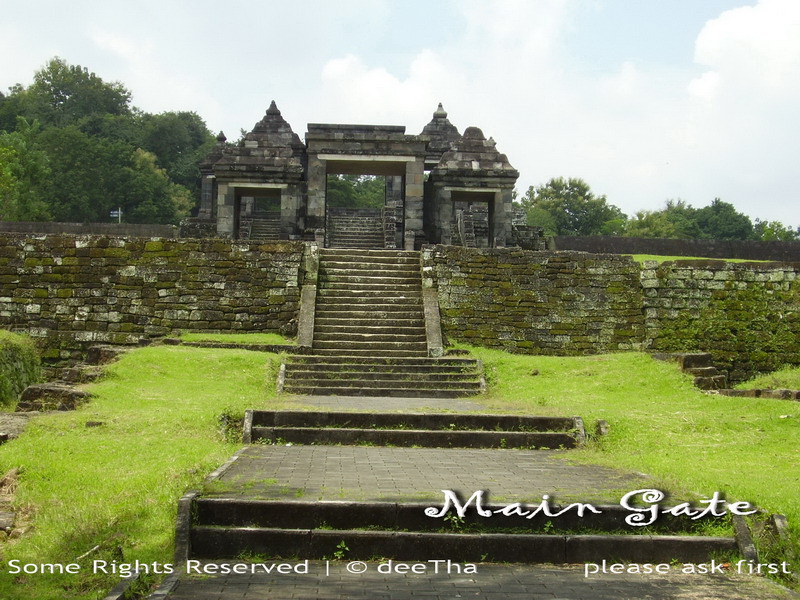
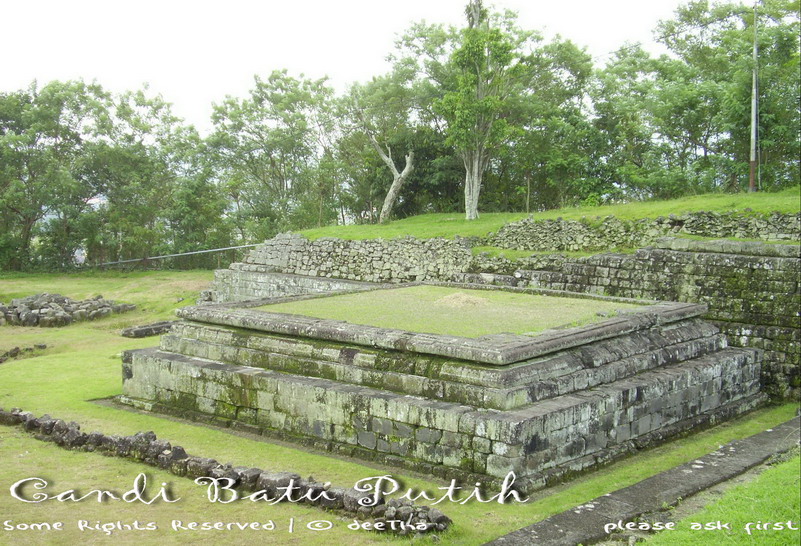
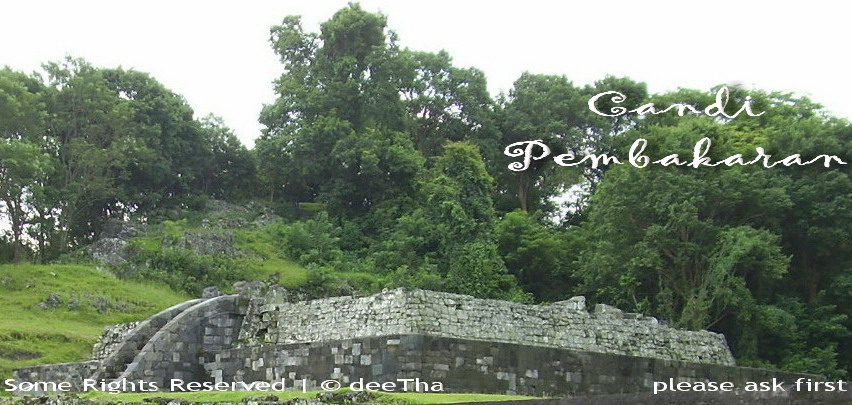
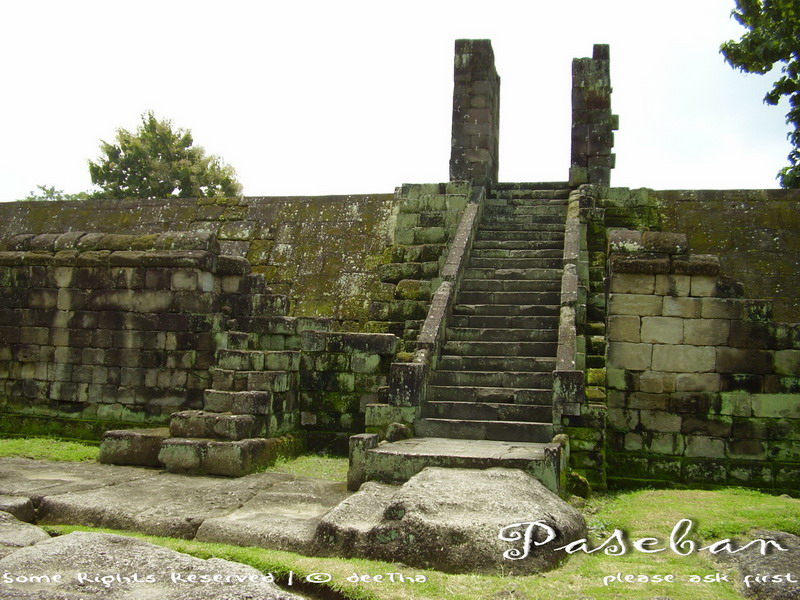
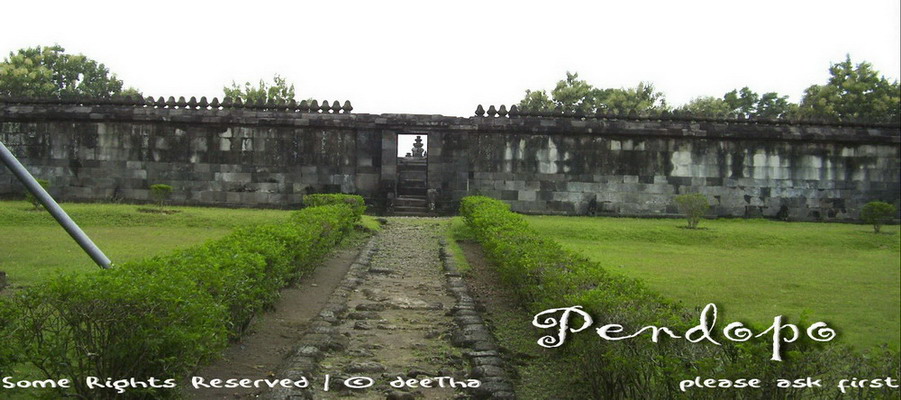
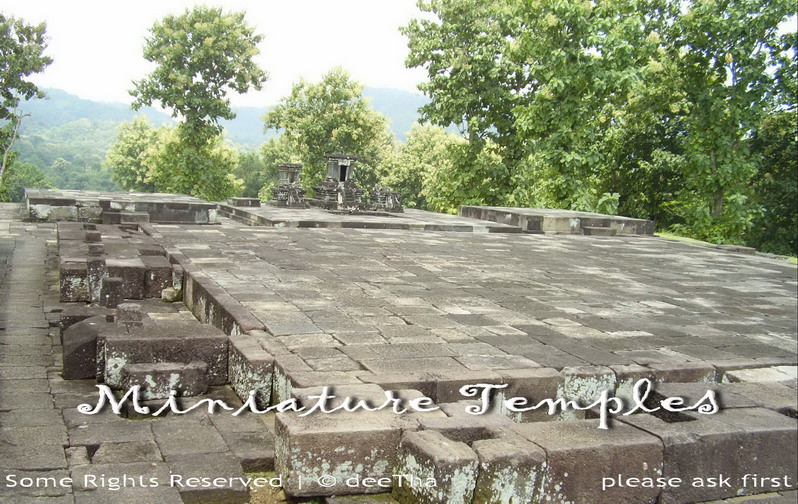
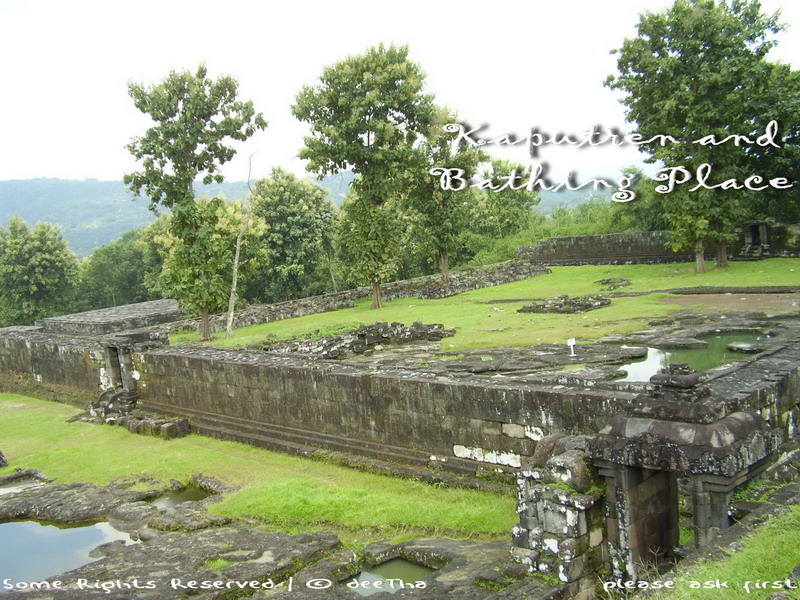
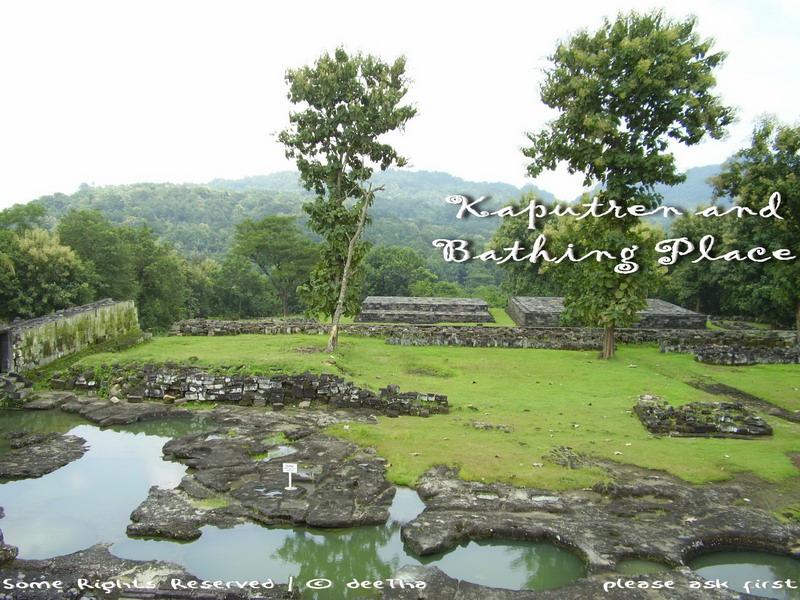










2 komentar:
Dheeta, aku lagi cari2 page yang promo Indonesia. This is great! Aku link blog yang ini yah... Keep up the goodwork, girl! Thank you!
Btw, basane' gak mudheng... cuma ngira2 aja nih :)
Oke deh... :)
Posta un commento
Terima Kasih :)